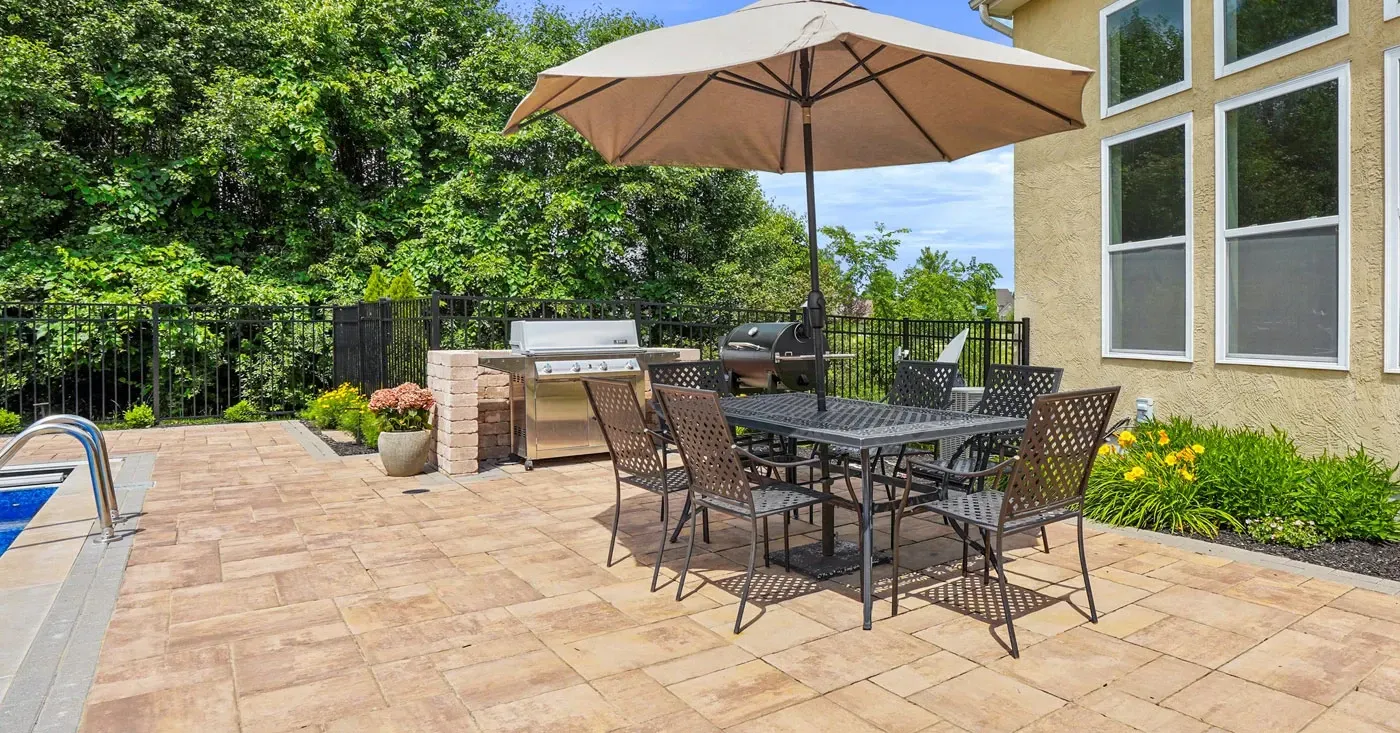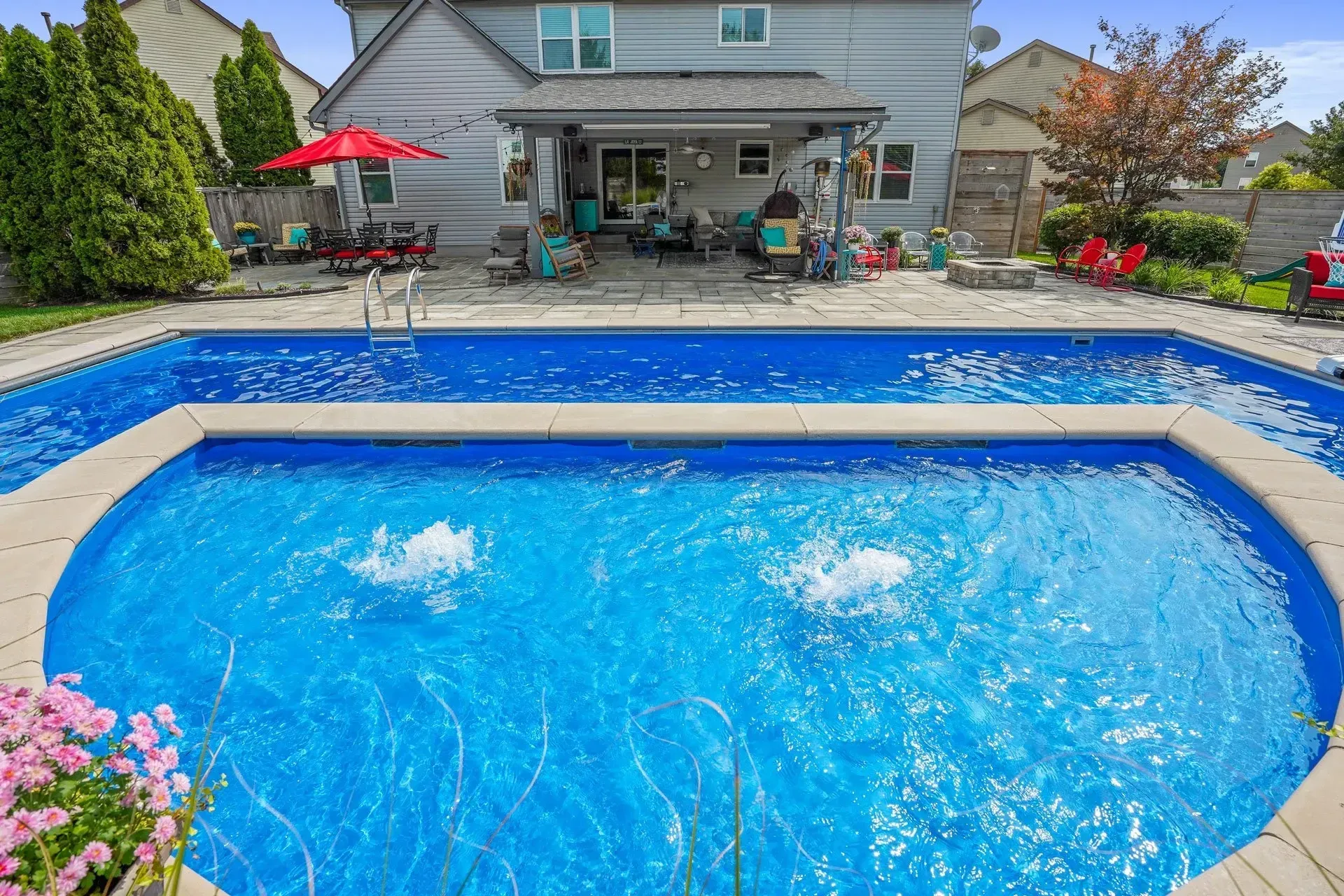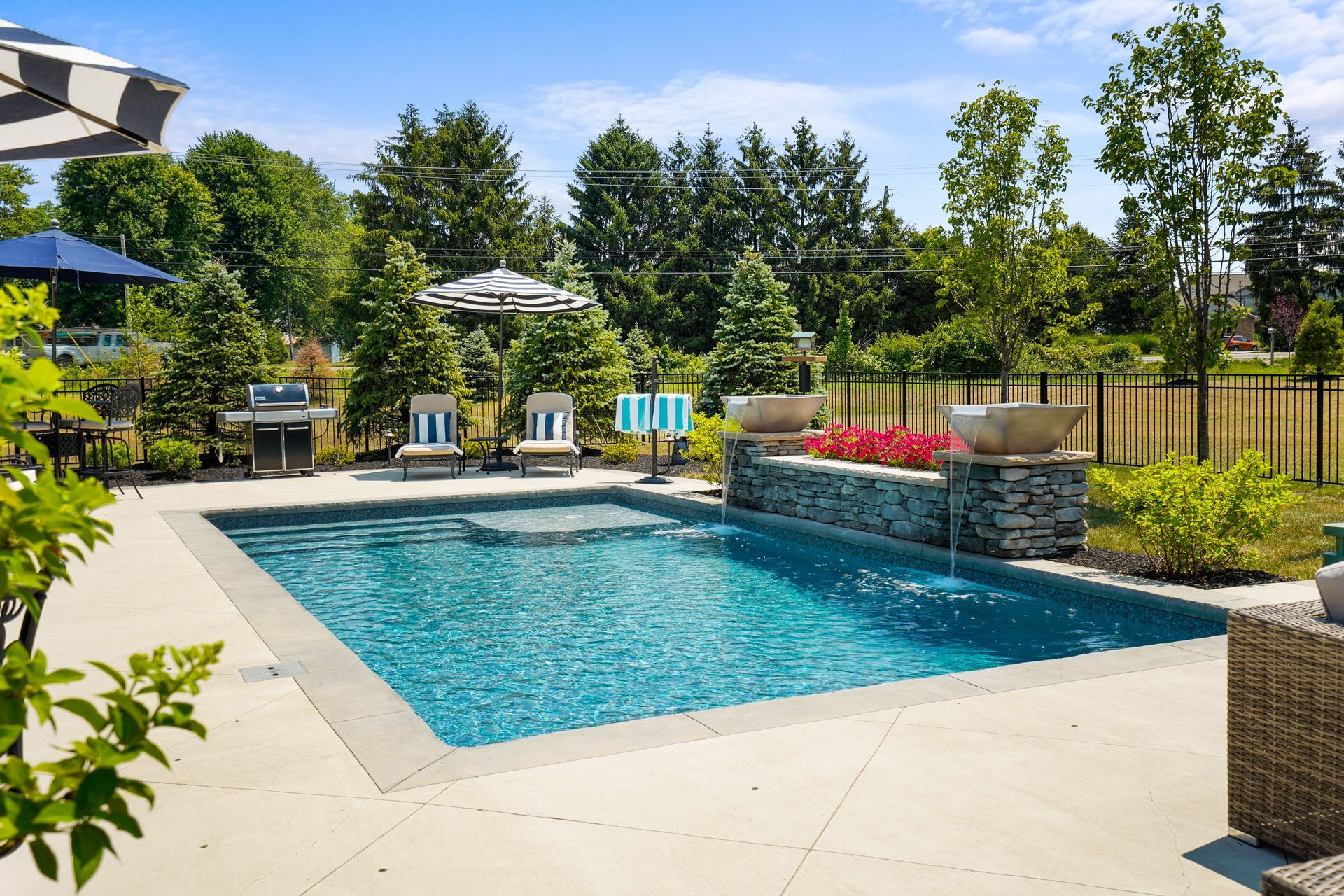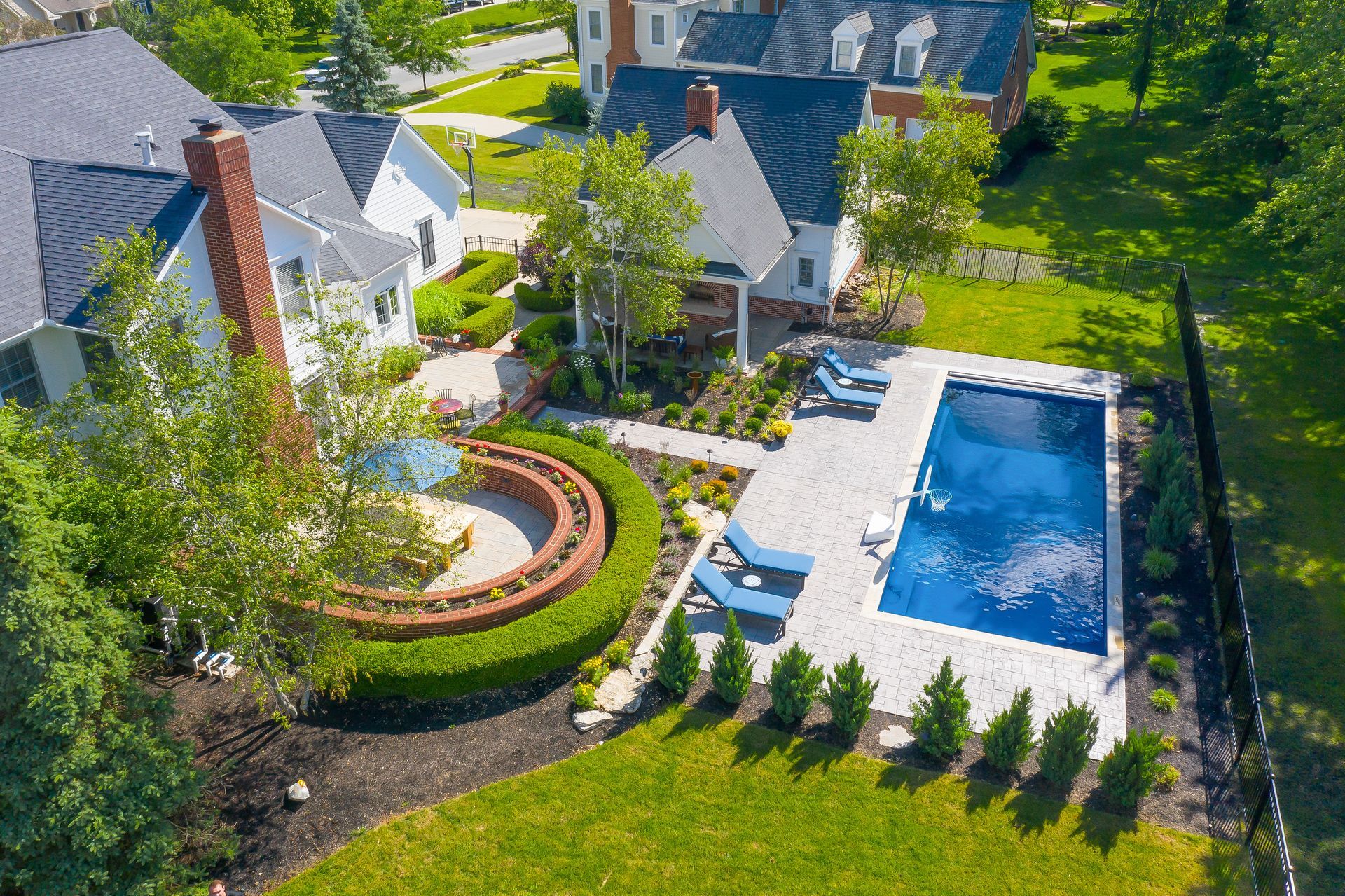What’s the Best Material for a Patio?

Adding a patio to your backyard is a great way to create an outdoor living space. A nice patio provides the perfect spot for grilling during the summer or lounging with family and friends on a nice evening. If you are planning to add a patio sometime soon, though, you could be unsure of which material is best. Patios can be created from lots of different materials, but these are some of the best and most popular. Carefully assess the pros and cons of each option, and you can soon install a patio that you and your family can enjoy for years to come.
PAVERS
Another popular option to explore is to have your paver patio made from stone, concrete, or brick pavers. Since you can choose from pavers that are made from different materials and that come in all different styles and colors, the possibilities are practically endless. You can opt for a simple, clean look, or you can choose decorative pavers to create a more high-end patio area.
Because a patio that is made from pavers is more flexible, you don’t have to worry about cracks being much of an issue. If just a few of your pavers are cracked, stained, or otherwise damaged, you can swap out the affected pavers without disrupting the rest of the patio. This makes repairs quick, easy, and affordable. General, day-to-day care of your paver patio should be a breeze, too.
You can also add to your paver patio pretty easily. If you find that your patio is not big enough to accommodate a larger patio set or an outdoor kitchen, for example, you can simply add additional pavers to expand the space.
Of course, as with any patio material, there are a few downsides to patios that are made from pavers. For one thing, installation can take significantly longer than with concrete or stamped concrete. Because of this, plan ahead for your installation project. Unlike with concrete or stamped concrete patios, though, you do not have to worry about a drying process. Instead, you should be able to make use of your new paver patio as soon as the installation is completed.
You also have to worry about weeds growing in between your pavers. Applying the appropriate chemicals can help you prevent weeds from growing, though, allowing you to enjoy your paver patio without worrying about additional chores.
STAMPED CONCRETE
If you like the benefits of a concrete patio but would like to take things up a notch, consider a stamped concrete patio. Many people like stamped concrete because of its appearance. If you have been thinking about installing a tile patio, for example, you may find that stamped concrete is a budget-friendly alternative. You can choose from a variety of patterns, colors and styles, which can give your patio a very high-end aesthetic. You might be surprised by the beautiful, classy look that can be created at a budget-friendly price.
Like a standard concrete patio, your stamped concrete patio should be easy to clean and take care of. Stains might not be as visible on a stamped concrete patio due to the design, but you should still take care to clean up stains quickly. Having the appropriate finish added to your stamped concrete patio will help you protect it from stains and will leave it looking shiny and beautiful. Also, as with any type of concrete patio, it’s necessary to take care of cracks and other imperfections quickly if you want to keep your patio looking great and prevent the issues from getting more serious.
CONCRETE
When you think of your average patio, you might think about a simple patio that is made from poured concrete. For many years, this was the most popular material for patio installations. Naturally, this is true for a number of reasons.
For one thing, when you look into pricing for your project, you might find that a standard concrete patio is going to be the most affordable. Additionally, your average concrete patio can be poured quite quickly; although you will have to wait for it to dry, you may find that this is one of your fastest options for getting your patio project completed.
Concrete patios are easy to clean and take care of. If you get in the habit of sweeping it, you can keep dust, leaves and debris at bay. A leaf blower can be handy for big or particularly messy concrete patios, too. When your concrete patio needs a deeper clean, you can spray it off with a water hose or pressure washer. A deck brush and a mix of gentle detergent and water can also be used to clean it. Be aware that concrete patios can stain if you aren’t careful, so make sure that you clean up spills quickly to prevent them from being permanent.
Typically, concrete patios last for a long time, particularly if the area is prepared properly before the concrete is poured and if the concrete is mixed and poured the right way. Lines, cracks and other imperfections may form over time, though; you will want to work with a concrete pouring service to have these imperfections repaired to preserve the integrity of your patio.
Some people dislike the look of concrete patios. A properly poured patio should look neat and tidy, but it will not be very decorative. You can add an outdoor rug, a few plants or other decorative items to spruce it up and add a nice aesthetic.
No matter what material you choose, you will probably find that adding a patio is the perfect way to spruce up your backyard. Then, you can add various features to improve your patio even more; for example, you may want to add an outdoor fireplace or fire pit for warmth and atmosphere, or you can install an entire outdoor kitchen for preparing delicious meals. If you need help with installing your patio and sprucing up your outdoor living space, Contact Omni Pools & Scapes to find out how we can help.
OMNI LEARNING CENTER
RECENT POSTS




